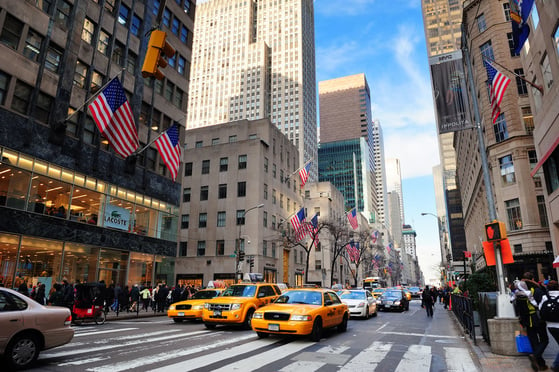Developers latch onto LEED standards and tout the advantages ofenergy efficient buildings -- greater flexibility,healthier-happier employees, better lighting, lower heating/coolingbills and a host of other pluses with some hype included. The PRvalue of going green, both for builders and tenants, helps offsetmarginally higher construction costs and should permit for higherrents. Emerging Trends interviewees were quick to cite thegreen wave as "here to stay" and "no flavor of the day" fad.
In easy-build, growth markets, "brown" developers riskcompetitive disadvantage going head-to-head against green projects.But investors in existing properties need to factor green issuesinto their underwriting too. Non green buildings are difficult andcostly to retrofit. Yesterday's A-quality product could turn intoB-quality compared to new green construction. In highbarrier-to-entry, difficult-to-develop markets like New York orBoston, existing brown building stock should be more insulated froma future green incursion. But if energy costs keep rising andcarbon footprints remain a contentious issue, brown owners may beforced into those costly retrofits anyway.
Somehow you wonder whether the green wave will endure. Anyonewho went to college in the 1970s learned about the greenhouseeffect and desertification. We went through the insulation andsolar heating craze of the early eighties. And people todaygrudgingly keep driving right through the $3 plus a gallon gasolinebarrier. If you think energy prices will shrink from record highsthen expect green fever to subside. But increasing worldwide energydemands and the growing global warming concerns suggestconservation and energy efficiency modes will take firmer hold.Property value gains had helped mask the increasing costs ofelectric, heating and gasoline bills. Recent reversals prodeveryone to take greater notice of simple energy economics and 21stcentury realities. All that college stuff finally came true.
Continue Reading for Free
Register and gain access to:
- Breaking commercial real estate news and analysis, on-site and via our newsletters and custom alerts
- Educational webcasts, white papers, and ebooks from industry thought leaders
- Critical coverage of the property casualty insurance and financial advisory markets on our other ALM sites, PropertyCasualty360 and ThinkAdvisor
*May exclude premium content
Already have an account?
Sign In Now
© 2024 ALM Global, LLC, All Rights Reserved. Request academic re-use from www.copyright.com. All other uses, submit a request to [email protected]. For more information visit Asset & Logo Licensing.








